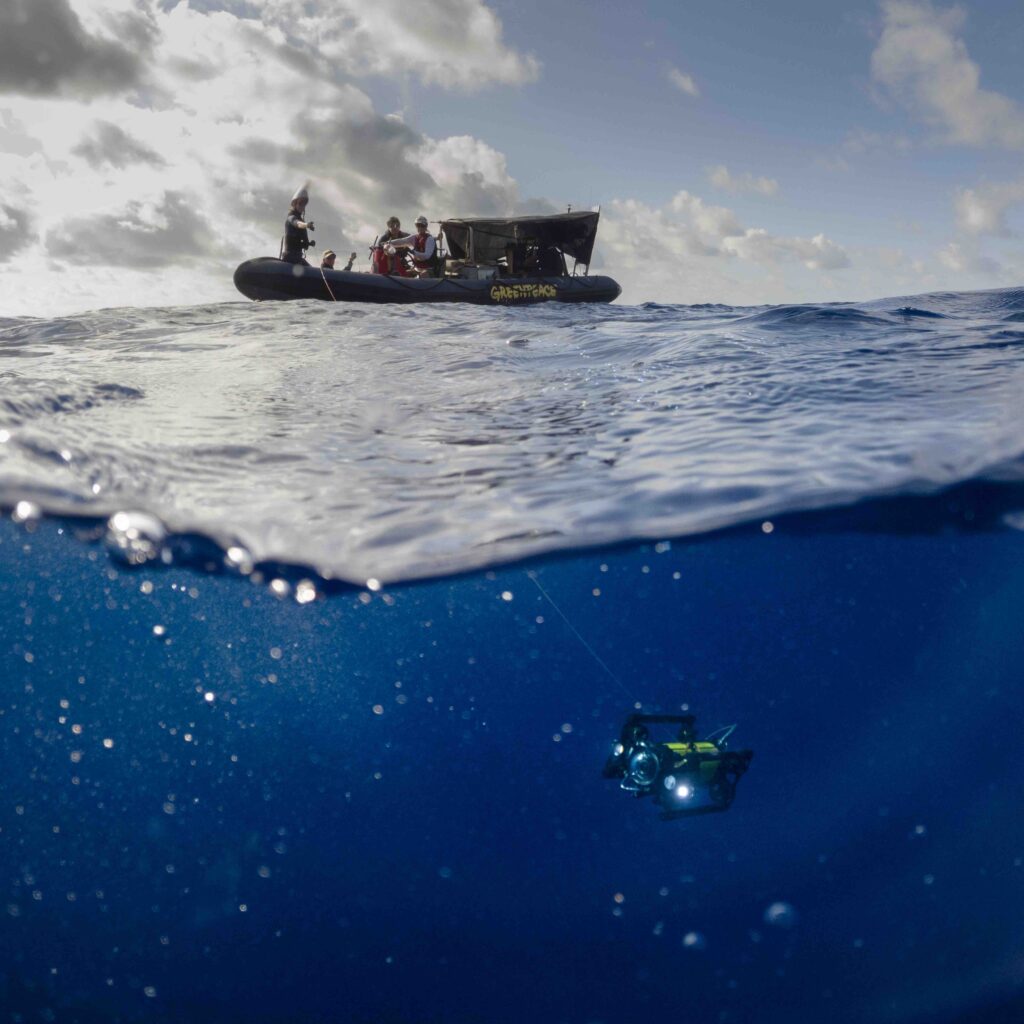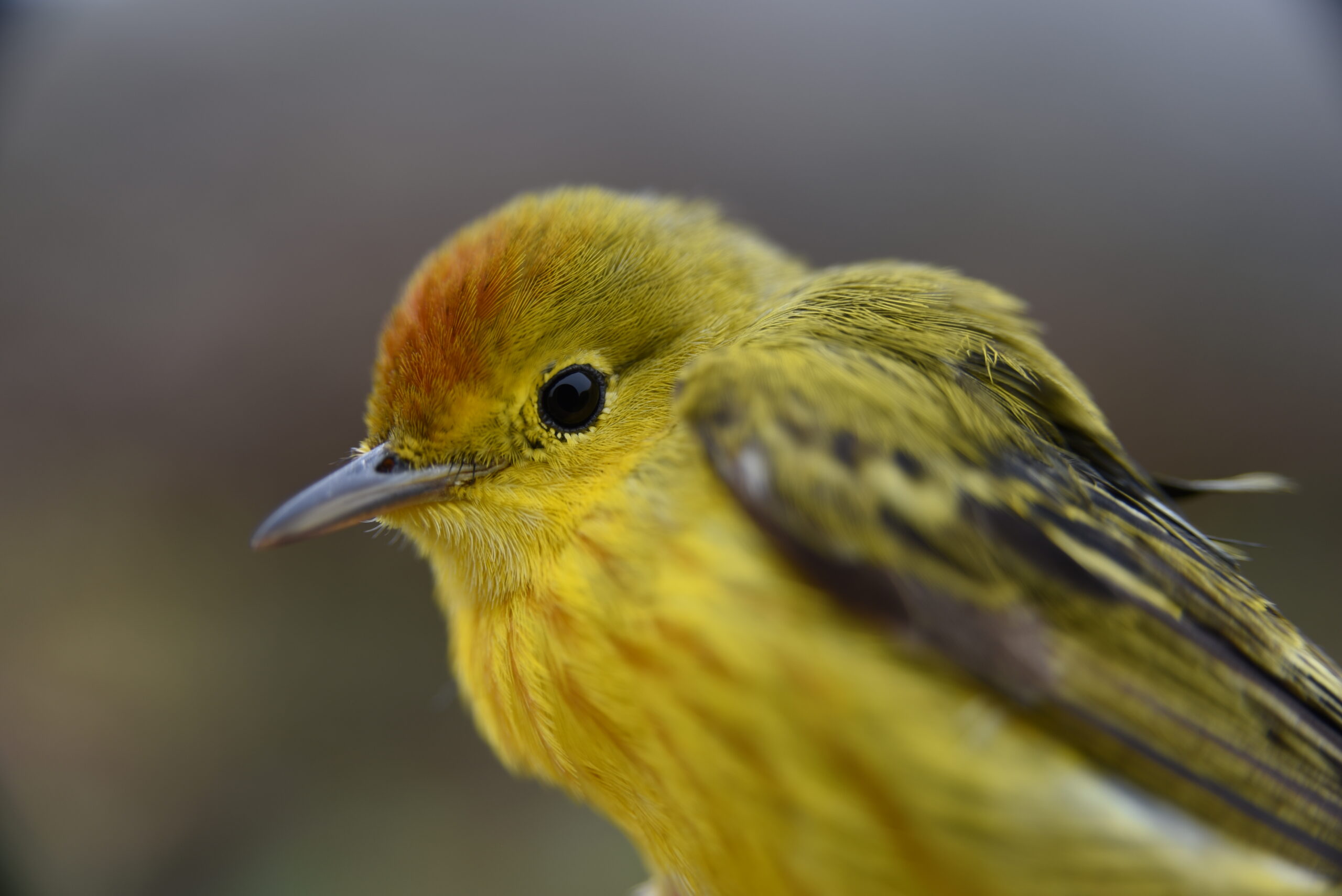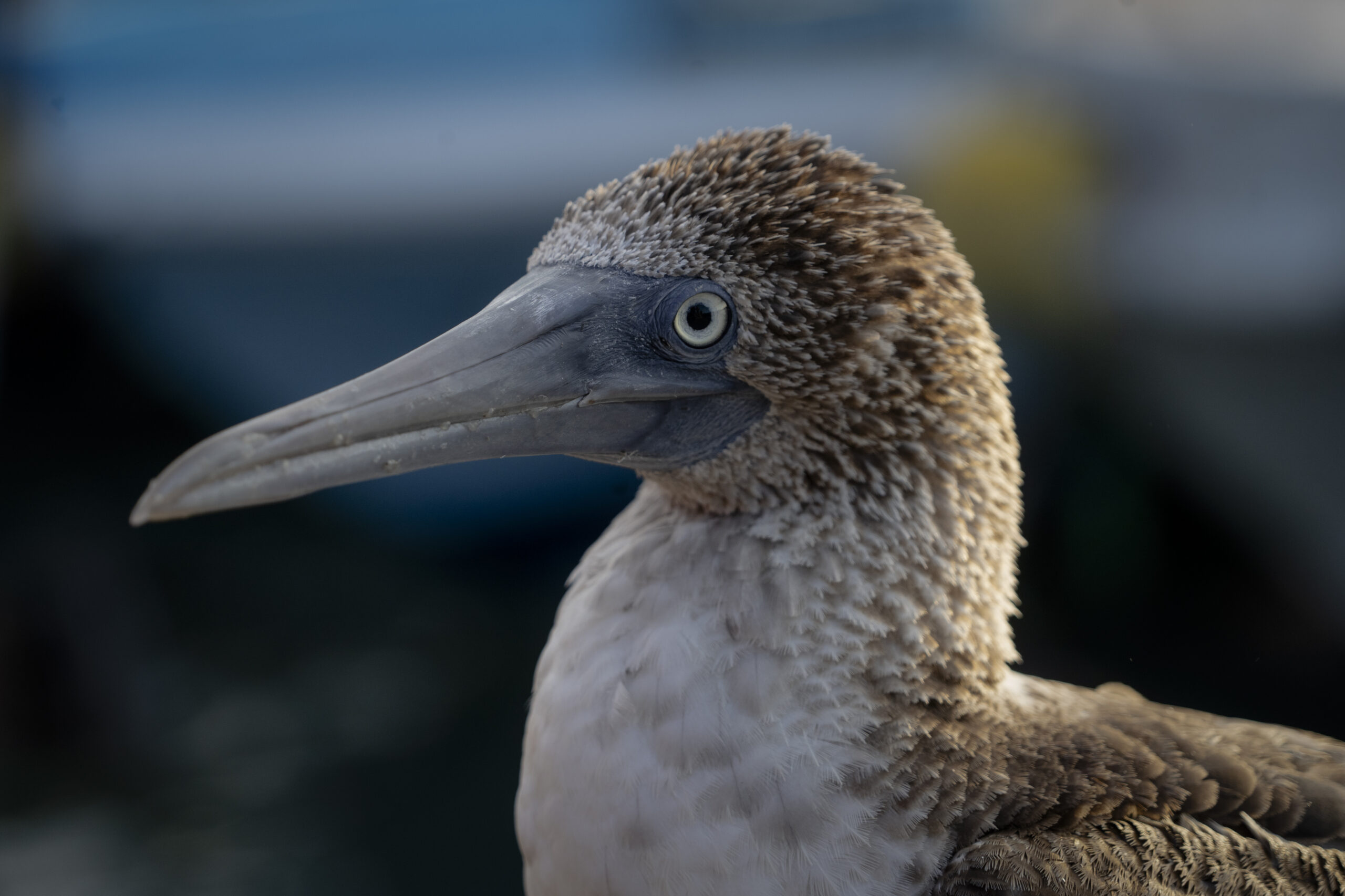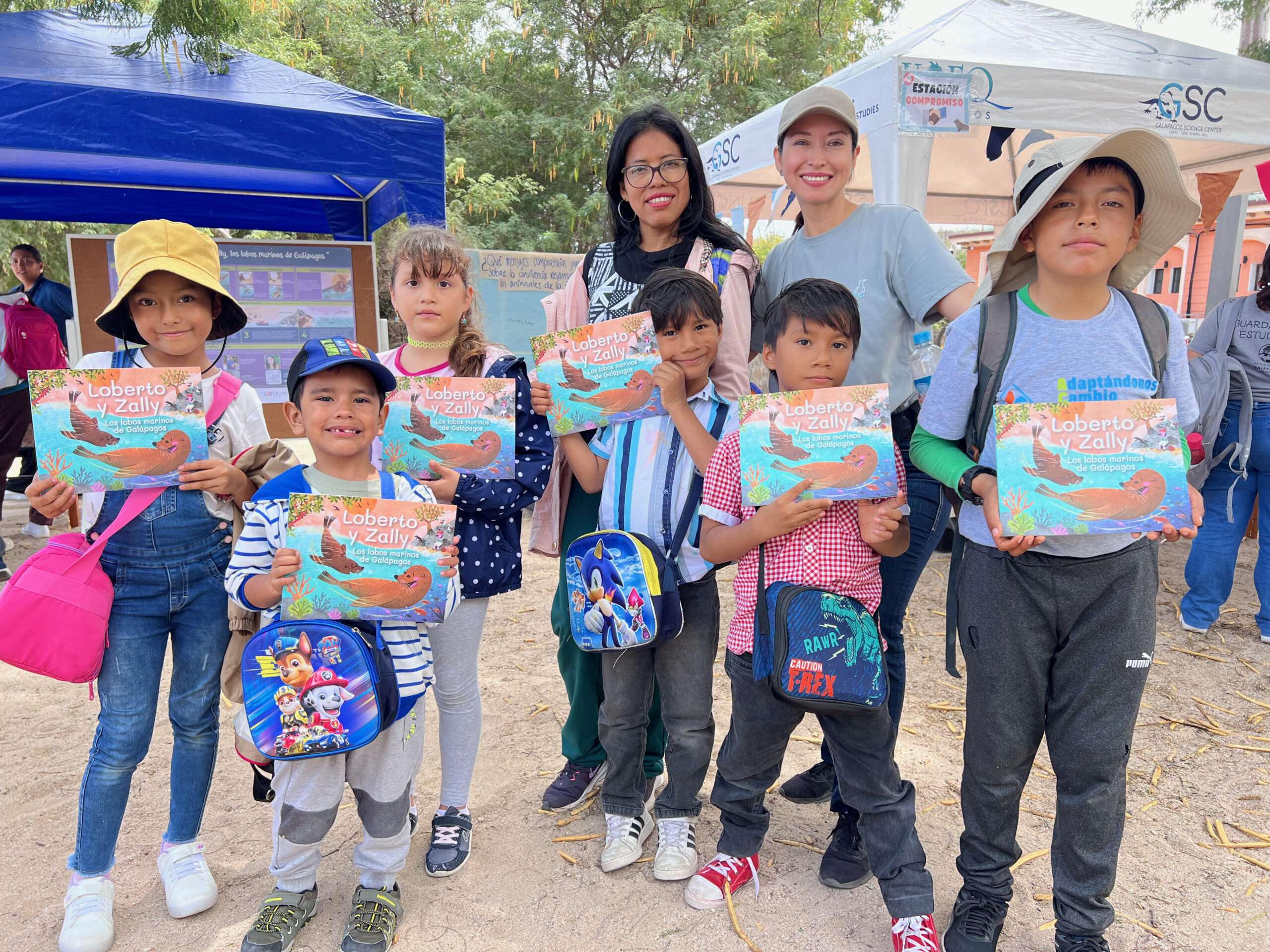Photo by Greenpeace
For 6 weeks, the Greenpeace Expedition took place in the Galápagos Marine Reserve aboard the Arctic Sunrise. The primary purpose of this expedition was to observe the impacts of marine protection and reaffirm support for the Global Ocean Treaty, which aims to protect 30% of the oceans by 2030. Throughout the expedition, underwater seamounts were explored, environmental DNA sampling was conducted, and shark migratory routes were documented.
This initiative was coordinated in collaboration with scientists and park rangers from the Galapagos National Park Directorate, the Ministry of Environment, Water, and Ecological Transition, the Jocotoco Conservation Foundation, the Charles Darwin Foundation, the Galapagos Science Center, and MigraMar.
Read the Statement below:
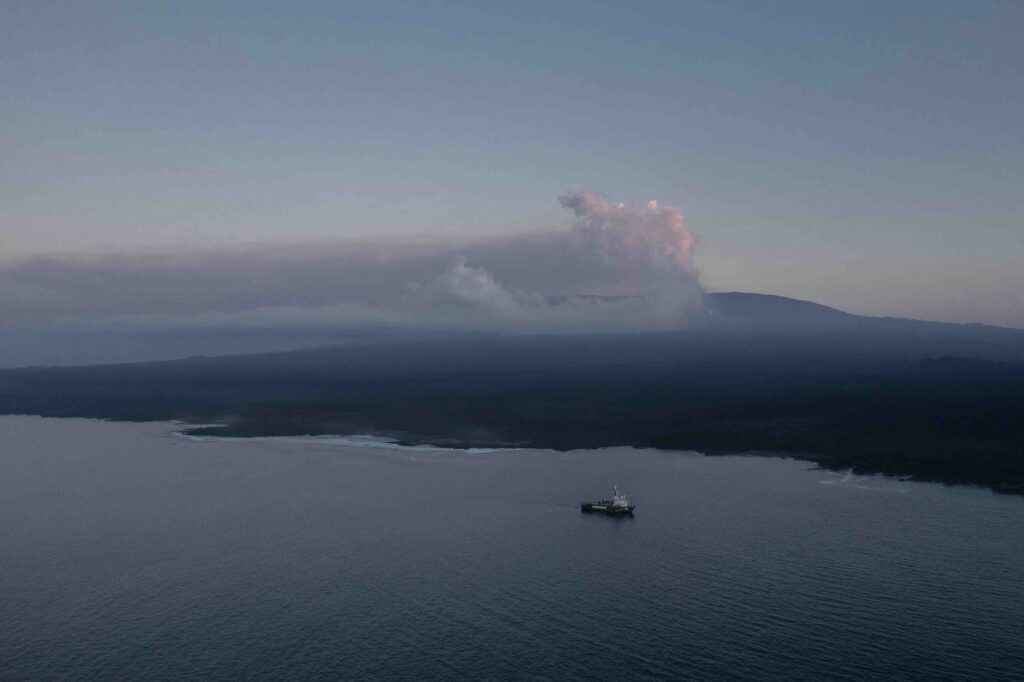
The Galapagos Marine Reserve is one of the best examples of marine protection on Earth. The potential to extend critical biodiversity conservation was greatly strengthened in 2021 with the proposal to create a transboundary marine biosphere reserve that would connect and safeguard critical biological hotspots along a vast migratory route used by endangered sea turtles, sharks, and other marine species between Ecuador, Panama, Colombia, and Costa Rica.
According to the UN Convention on the Law of the Sea (UNCLOS), coastal nations have jurisdiction over 12 nautical miles of territorial seas extending from their coastline. These nations also have jurisdiction over the Exclusive Economic Zone (EEZ) which extends beyond their territorial seas up to 200 nautical miles. However, beyond this limit, extractive activities lack effective regulation.
To address some of the regulatory gaps that exist under the current international ocean governance framework and ensure the conservation and sustainable use of marine biodiversity in areas beyond national jurisdiction, UN governments agreed to a historic High Seas Treaty in March 2023. Once ratified and enforced, this treaty will empower governments to jointly create marine protected areas (MPA) beyond their national jurisdictions for the first time.
The Treaty will, in the future, equip Ecuador, Colombia, Panama and Costa Rica to propose the protection of the high seas in areas of common interest, thereby reinforcing regional management efforts such as the Eastern Tropical Pacific Marine Corridor (CMAR), covering over 2 million square kilometres, while supporting the establishment of a regional vision, mission and strategic plan. Furthermore, protecting key high seas areas in the CMAR region could help mitigate threats posed by unregulated fishing, which undermines sustainable management and conservation measures implemented by CMAR nations. The treaty also represents a pathway to protecting key areas of the ocean that many threatened migratory species from MPAs in the region traverse to reach key coastal habitats for breeding, nesting and feeding.
This is why we, the undersigned, today are uniting our voices to call for the governments of Ecuador, Colombia, Costa Rica and Panama to ratify the UN High Seas Treaty as a matter of urgency, and express their commitment to leveraging it in order to protect the high seas in areas of common interest.
These governments have already taken admirable steps to protect the oceans in national waters, and now have a historic opportunity to demonstrate global leadership by ratifying the UN High Seas Treaty promptly. By doing so, they can kickstart efforts to protect 30% of the entire world’s ocean by 2030, as agreed at CBD COP15, inspiring other nations to follow suit. If these four countries champion protection in the high seas in the CMAR region it would set an example to the rest of the world, demonstrating that multilateral cooperation can protect the oceans for present and future generations.
Signed:
Eliécer Cruz, Director, Jocotoco Conservation Foundation – Galapagos Program
Greenpeace
Charles Darwin Foundation
Galapagos Science Center
MigraMar

